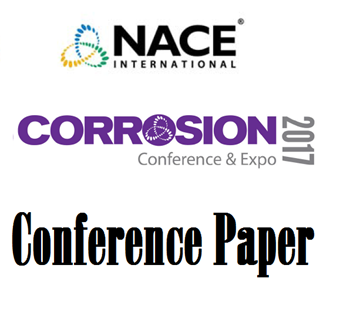Search
07079 SIGNIFICANCE OF HYDROGEN EVOLUTION DURING CATHODIC PROTECTION
Also Purchased
07036 PRACTICAL CONSIDERATIONS FOR UPPER LIMITS OF CATHODIC PROTECTION
Product Number:
51300-07036-SG
ISBN:
07036 2007 CP
Publication Date:
2007
$20.00
Investigation of Hydrogen Embrittlement of High Strength Pipeline Steels Under Cathodic Protection
Product Number:
51317--9255-SG
ISBN:
9255 2017 CP
Publication Date:
2017
$20.00
01011 CATHODIC PROTECTION OF STEEL IN DEEP SEA : HYDROGEN EMBRITTLEMENT RISK AND CATHODIC PROTECTION CRITERIA
Product Number:
51300-01011-SG
ISBN:
01011 2001 CP
$20.00




